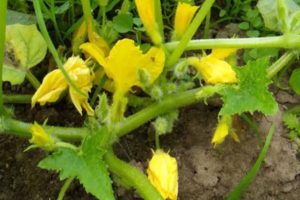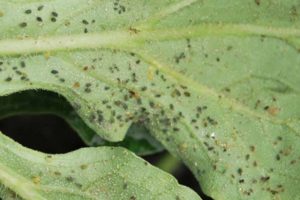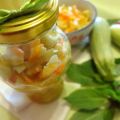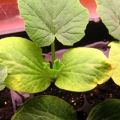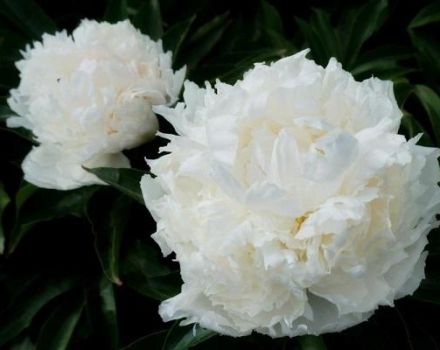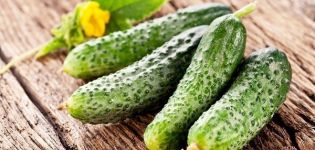The reasons why zucchini turn yellow and wither in the open field and what to do
After the seeds have sprouted successfully, you do not want to lose the harvest. Why zucchini leaves turn yellow, beginners and experienced vegetable growers are trying to understand. What is the reason for this phenomenon, how to help the culture and save the plants.
Why do zucchini turn yellow?
There may be several reasons, first of all, it is necessary to accurately determine why the leaves turned yellow. And then work to eliminate them. To do this, carefully examine the zucchini in the garden, when the slightest signs of yellowing appear, they begin processing. But it is better to carry out preventive work on time so as not to destroy the crop.
In the open field
One of the reasons for the yellowing of the leaves is the wrong planting arrangement. The culture loves well-lit areas, but no more than 4-5 hours a day. With longer exposure to sunlight, the leaves are damaged and begin to turn yellow. Summer residents recommend carefully choosing a place for the beds or planting corn next to it, it will close the plants from the scorching sun.
Another reason is powdery mildew, which affects not only an adult plant, but also seedlings of squash. Lack of nitrogen also affects the fact that the bushes begin to turn yellow. The tips of the leaves suffer, then the entire leaf plate dries up.
When the temperature drops, the leaves also turn yellow. In order to avoid this, the crop should be planted no earlier than June.
In the greenhouse
Zucchini turn yellow not only outdoors, but also indoors. The reasons are the same. Sometimes this is due to the fact that the plantings are thickened. This happens due to a lack of light. A spider mite, attacking the vegetable patch, slowly destroys the plant. The leaves begin to turn yellow in spots, then dry out completely.
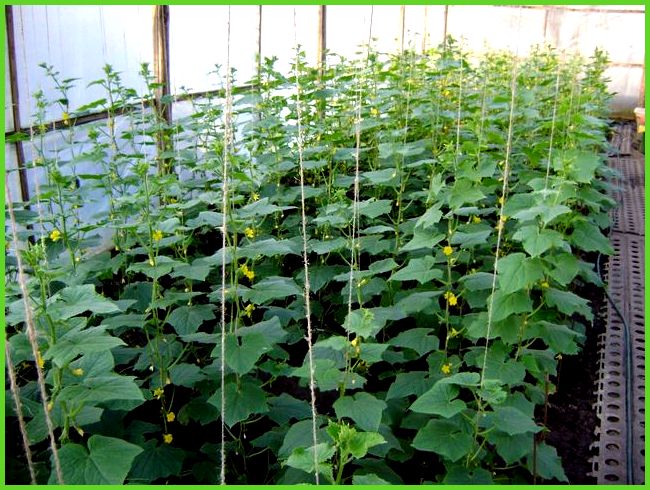
Do not be afraid if the leaves turn yellow at the end of the growing season. This is a natural aging process in plants. Nothing wrong with that.
Irrigation scheme violation
Often, zucchini turn yellow for the reason that proper watering is not carried out. Compliance with certain requirements will help to avoid many problems.
- Watering should be done only in the morning and in the evening, the water should be warm and settled.
- The amount of watering is less frequent than that of cucumbers, but more abundant. It is enough to water once a week, the soil should be soaked 30-40 cm deep.
- Carry out drip irrigation, but in its absence, water strictly at the root. Preventing moisture from entering the leaves. The use of mulch is encouraged.

Watering correctly will help preserve plants and increase yields. There is no need to disregard the rules.
What to do if seedlings turn yellow?
First of all, the tips of the leaves begin to turn yellow. You can save the seedlings at this moment. It is enough to feed the plants with nitrogen-containing fertilizers. But if all the leaves are dry, then it is best to plant new seeds.
The soil is prepared in advance, treated with a manganese solution. The seedlings should not dry out. By implementing these rules, yellowing is prevented.
Why did the fruits turn yellow?
Another concern of summer residents is that the zucchini themselves on the bush turn yellow. This is caused by excess moisture. You should closely monitor the condition of the plants after watering.
Excess moisture stops the development and fruiting of the plant.
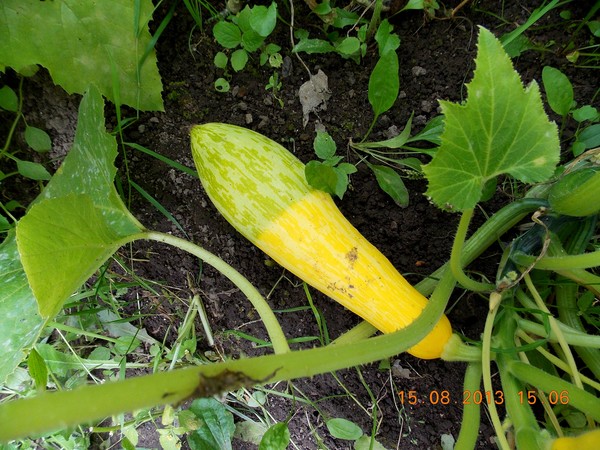
If the crop is not harvested in a timely manner, the zucchini begin to turn yellow. This happens because the fruits overripe, the skin coarsens, and the palatability deteriorates. In addition, timely harvested zucchini allows the plant to form new ovaries.
Powdery mildew damage
When plants are affected by this disease, treatment is required immediately. Since a diseased plant will soon infect the entire area. If the leaves deteriorate, this is a signal for immediate action.
The first step is to immediately remove the virus-affected areas of the bush. And treat the rest of the plant with special preparations for treating the disease. If the vegetable grower wants to do without the use of chemistry, folk methods of struggle are used. Infusions of garlic, onion, celandine, and others.

But any disease is better prevented than cured. Therefore, summer residents recommend treating plants in advance in order to avoid infection and spread of the disease. In addition, carry out common agricultural practices, loosening, weeding, and top dressing.
Spider mite control
The plus is that you can detect the pest immediately. Then treat the plants immediately. A cobweb appears on the leaves, which is easy to notice, it is enough to turn the leaf over with its back side up.
Insect control is carried out in 2 ways, chemical and folk. The first method is more effective, the second is safer.
Treatment:
- A solution of wood ash with soap. 1 kg of ash, 10 liters of water, 200 g of grated soap. Spray every other day, until the pest disappears.
- Potato tops. The infusion is prepared only with healthy tops. Chopped stems are poured with water, insisted for 7 days. The bushes are sprayed every day until the insect disappears.
- Garlic, chamomile and wood ash. 4 heads of garlic, 1 kg of ash, 10 liters of chamomile broth. Insist for a week. Process 3 times. To prepare a decoction of chamomile, you will need 200 g of dried flowers.
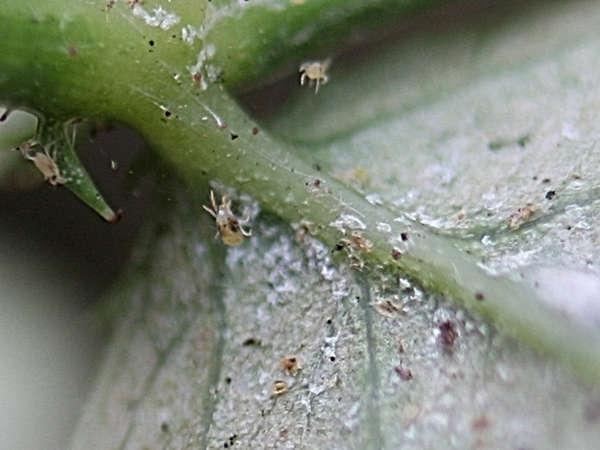
Folk remedies are preferable as the chemicals do not remain in the fruits of the plant.
How to feed for prevention?
First of all, make up for the lack of nitrogen and feed the plants with organic matter. Then treat pests from insects. Water the plants with infusions of onion husks and garlic.
Watering with the following substances is recommended:
- urea;
- boric acid;
- copper sulfate.
Processed 1-2 times, until the formation of ovaries, the interval between dressings is 1-2 weeks.
A good culture belongs to organic matter, therefore, when planting plants, it is fertilized with humus. Adding it to the wells saturates with useful substances.
Zucchini are undemanding to care for and unpretentious. They are widely used in cooking. The summer resident will not fail if he decides to grow a culture on his site. It is enough to carry out simple care techniques and the harvest will not keep you waiting.
